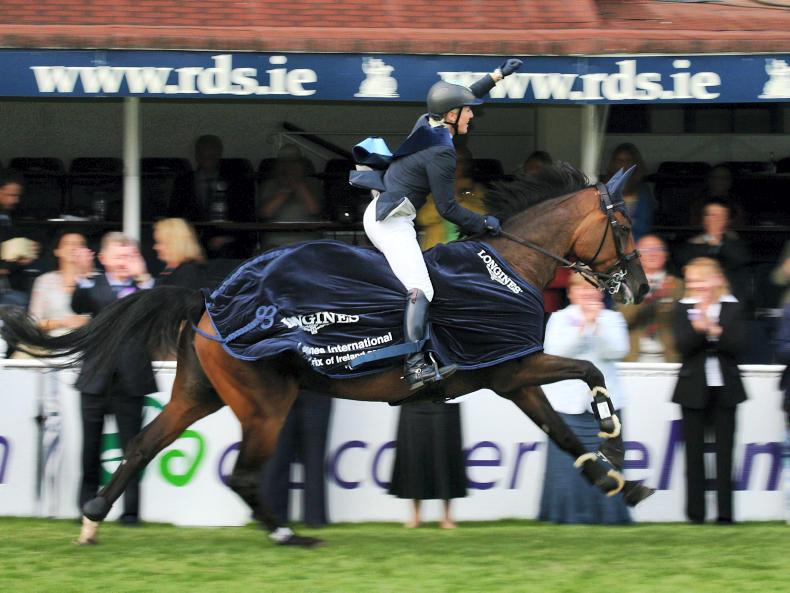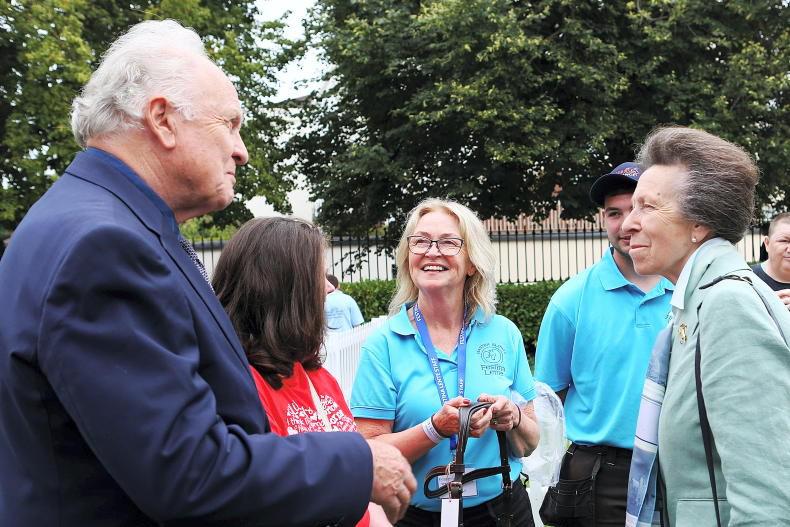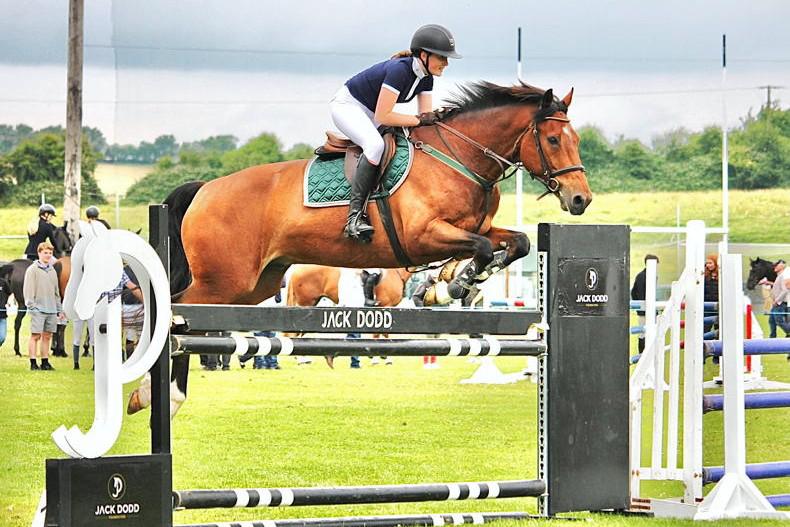In 1731 the founding fathers of the Royal Dublin Society (RDS) chose Minerva, the goddess of many arts, as their symbol. However, they could never have envisioned the degree to which female members and competitors would influence the Society in the subsequent 300 years. They have sat on committees, held office as presidents and competed as equestrians. They have made their mark.
A century of show jumping
In no phase of RDS activity has this gender equality been more evident than in the sport of show jumping. Up until 1903, or thereabouts, women were not allowed ride astride in the hunter classes. However, during the 1914-1918 war years, they competed in their own way at charity shows around the country.
When peace came, lady riders were ready to take their place in the main arena at the 1919 Horse Show. That year, whose centenary is now being celebrated, they competed in a confined “Over the Course Ladies Jumping Class.” The following year they joined the men in Open Jumping competitions and won seven out of the 11 events on offer.
Another new era
In the wake of the Second World War, a whole new era in international show jumping began as civilians and ladies were, for the first time, allowed compete on Nations Cup teams. Out of slimmed-down shows run at the RDS between 1940 and 1945, there arose new Irish stars like Seamus Hayes and Iris Kellett.
In 1948 Iris became only the second woman to win the Dublin Grand Prix. In a unique turn of events, Irish lady riders continued to dominate – Miss A. E. Hall in 1949, Marian McDowell in 1951 and Mrs. Teeling in 1950 and 1952.
Jessica has gone on to be a pioneer for Irish women riders as she broke the mould of being relatively confined to Irish and British competition
Shirley Thomas of Canada won it in 1954 and USA’s Kathy Kusner in 1965 before Diana Connolly Carew won it back for Ireland in 1966. Sheila Burke and Molly Ashe claimed it for USA in 2004 and 2006. And after a 42-year delay, Jessica Chesney (now Jessica Kurten) from Co Antrim won the Grand Prix in 2008 on the Irish-bred Diamond Exchange.
Jessica has gone on to be a pioneer for Irish women riders as she broke the mould of being relatively confined to Irish and British competition. Bravely she chose to base herself abroad and compete at the very pinnacle of international show jumping.
She is the only Irish lady rider to reach the top 10 in World Rankings. However, it remains very difficult for Irish ladies to follow in her footsteps. As she says herself: “We are equal in the ring but in getting there we are not.”
During this anniversary year, this fact should be addressed so that it will not be another 42 years before an Irish lady will lift the Irish Trophy.









SHARING OPTIONS